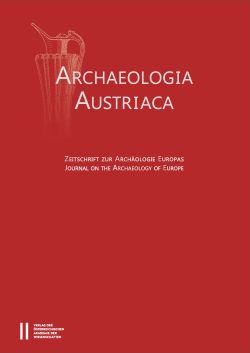
Archaeologia Austriaca 106/2022, pp. 319-334, 2022/11/30
Zeitschrift zur Archäologie Europas
Journal on the Archaeology of Europe

Sediments serve as an archive of human and animal activity and environmental conditions through their physical and chemical properties as well as captured biological traces. Archaeologists have been extracting information from archaeological soils and sediments for decades, but recent technological developments, such as the analysis of lipid biomarkers, proteins, and ancient DNA from soil and the diversification of approaches necessitate a re-examination of standard field practice and a renewed emphasis on soil and sediments as archaeological materials. This review paper brings together a range of specialists to introduce cutting-edge approaches to analysing soils and sediments. From the large to the small scale, pioneering methods can complement established soil analytical methods to address issues of soil formation and erosion processes, heritage preservation, mobility, domestication, land use, human-environmental interactions, cultural and biological complexity, and ecosystem legacies. Soil analyses are poised to enable archaeologists to ask new questions and generate innovative hypotheses in an interdisciplinary research framework.
Keywords: Sediments, micromorphology, lipid biomarkers, palaeoproteomics, sedimentary aDNA, soilscapes